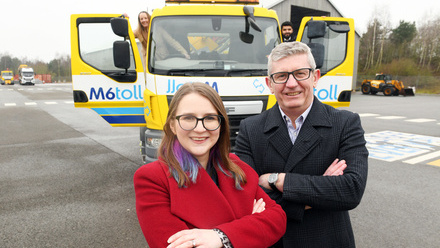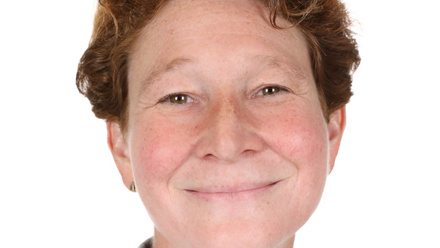The Griffin Report: NHS bosses on making region's 'super hospital' a reality
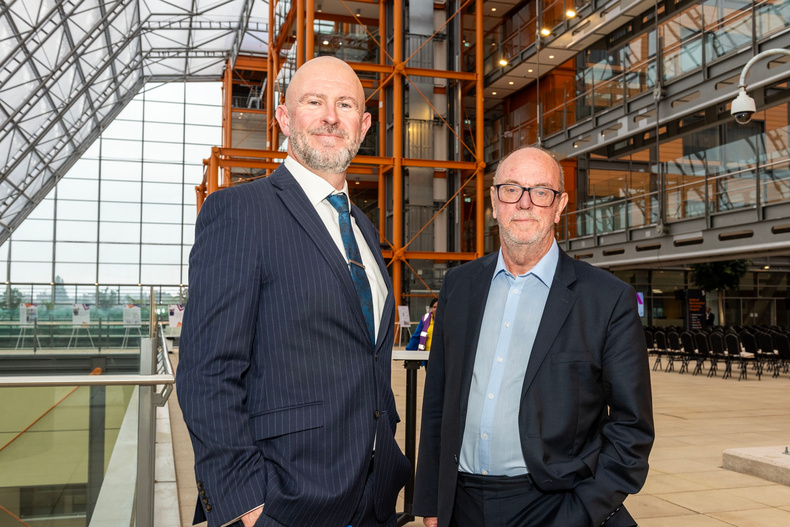
The project to create a new ‘super hospital’ in the West Midlands is finally becoming a reality after nearly 25 years. The giant, state-of-the-art Midlands Metropolitan University Hospital in Smethwick, opens this month. Ahead, JON GRIFFIN spoke to the two most senior NHS managers connected with the project.
The new £800m Midland Metropolitan University Hospital will transform health care in a deprived neighbourhood from “Victorian workhouse” building facilities to state of the art 21st century services in the region’s biggest NHS boost for many years.
The long-awaited launch of the super-hospital in Smethwick after years of frustrating delays will provide a huge economic tonic to a region blighted by “massive deprivation” according to the two most senior NHS managers connected with the project.
Sir David Nicholson, chair of the Sandwell and West Birmingham Hospitals NHS Trust, and Trust chief executive Richard Beeken hailed the opening of the complex as a major
turning point for patients across the region – reducing waiting lists and providing vital new health care for both the Black Country and Birmingham.
Richard told Chamberlink: “This will be a radical, radical departure from what we have got now, which is trying to provide 21st century health care from a Victorian workhouse building. It is just exciting beyond measure for everybody.”
Sir David, who was chief executive of NHS England for nearly eight years from 2006 to 2014, said: “It’s fantastic – this is an area of great deprivation with massive health needs. This is the biggest public investment ever in the Black Country and the opportunities around it for regeneration as well as great health care are enormous.”
The operational opening of the Midland Metropolitan University Hospital on 6 October follows years of stop-start delays to the region’s biggest NHS project of recent times – and marks the fruition of a hospital scheme first mooted nearly a quarter of a century ago.
Sir David said: “In the year 2000 I was chief executive of Birmingham and Black Country Strategic Health Authority. We had a meeting and said wouldn’t it be a good idea to merge City Hospital with Sandwell and build a brand new hospital in the middle.
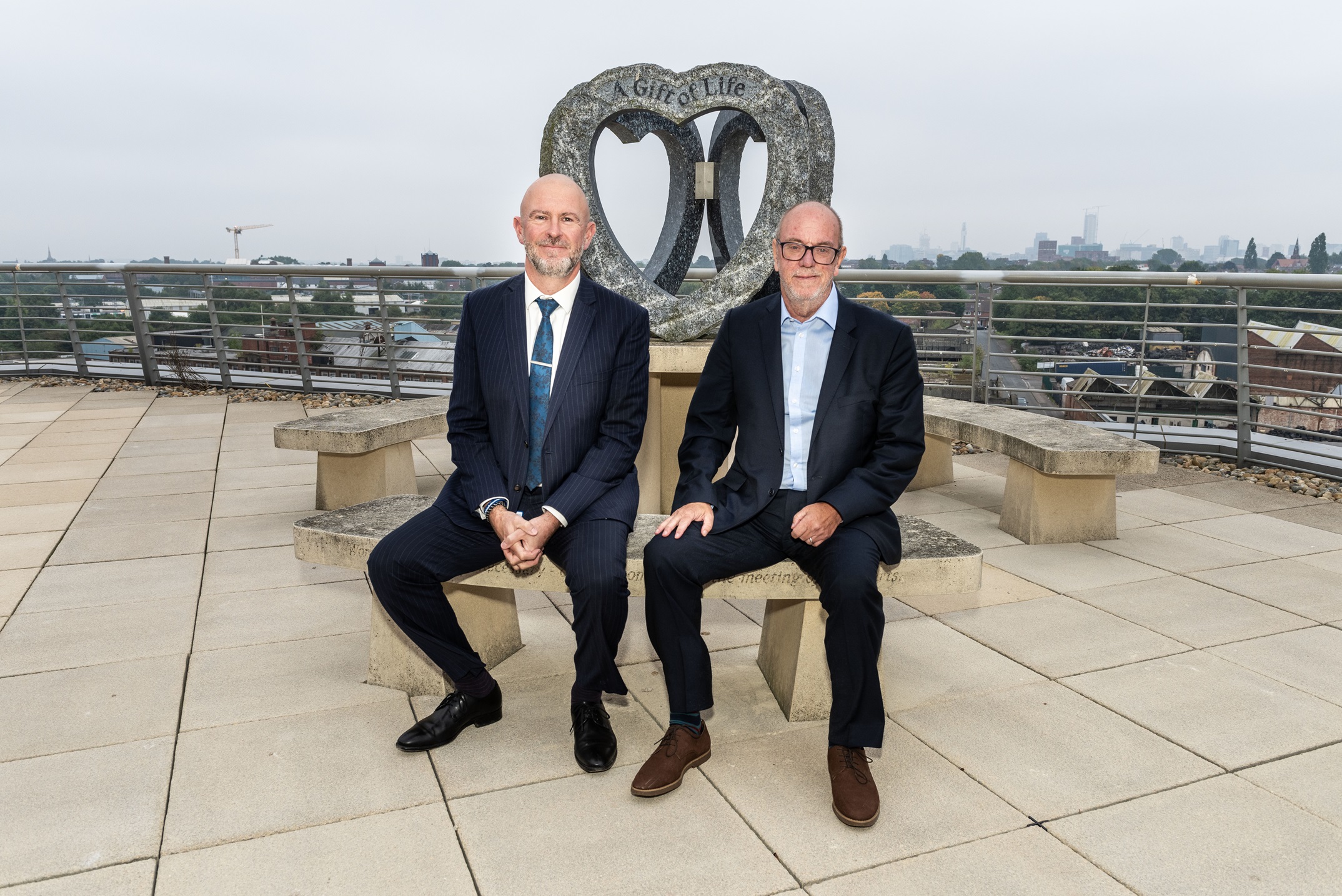
“It was originally going to be PFI, building works were taken on by Carillion who then went bust, and it was then left half built for over two years, with a tarpaulin over it. Taking it from there to opening it is fantastic.”
Richard said: “I am pleased that a population that frankly deserves better facilities than they have had for decades are now going to get them. And I am pleased that staff who continue to work in pretty testing conditions are going to actually have some 21st century accommodation in which to deliver 21st century health care.”
Both men stressed that the super-hospital – complete with robots which carry out some surgery and ferry laundry, catering and waste around - is as much a new NHS facility for Birmingham as it is for the Black Country, while also creating nearly 500 new jobs, and many more in the supply chain.
The hospital will also provide much-needed social and affordable housing after City Hospital land on the Dudley Road was sold off to Homes England, providing the NHS with a “significant eight-figure sum” which will be ploughed back into existing services and reduce waiting lists.
Richard said: “A lot of people have waited a long time for this. Apart from the Royal Liverpool development this is the biggest hospital development within the NHS for some years, they are the only two complete hospital rebuilds in the last decade.”
Sir David said: “This is the biggest hospital in the West Midlands for many years, it is also Birmingham’s hospital. If you take ill in the centre of Birmingham, you won’t go to the QE, they will bring you to the Midland Met. Although people see it as a Black Country hospital at least half of the patients in it will come from Birmingham.
“There are undoubted pressures on the NHS and this part of the world was particularly heavily hit with Covid. Both Sandwell and Birmingham suffered far more than most other places in the country. We have got, like most of the NHS, significant waiting lists, although they are coming down in Sandwell and West Birmingham, but they need to come down a lot quicker.
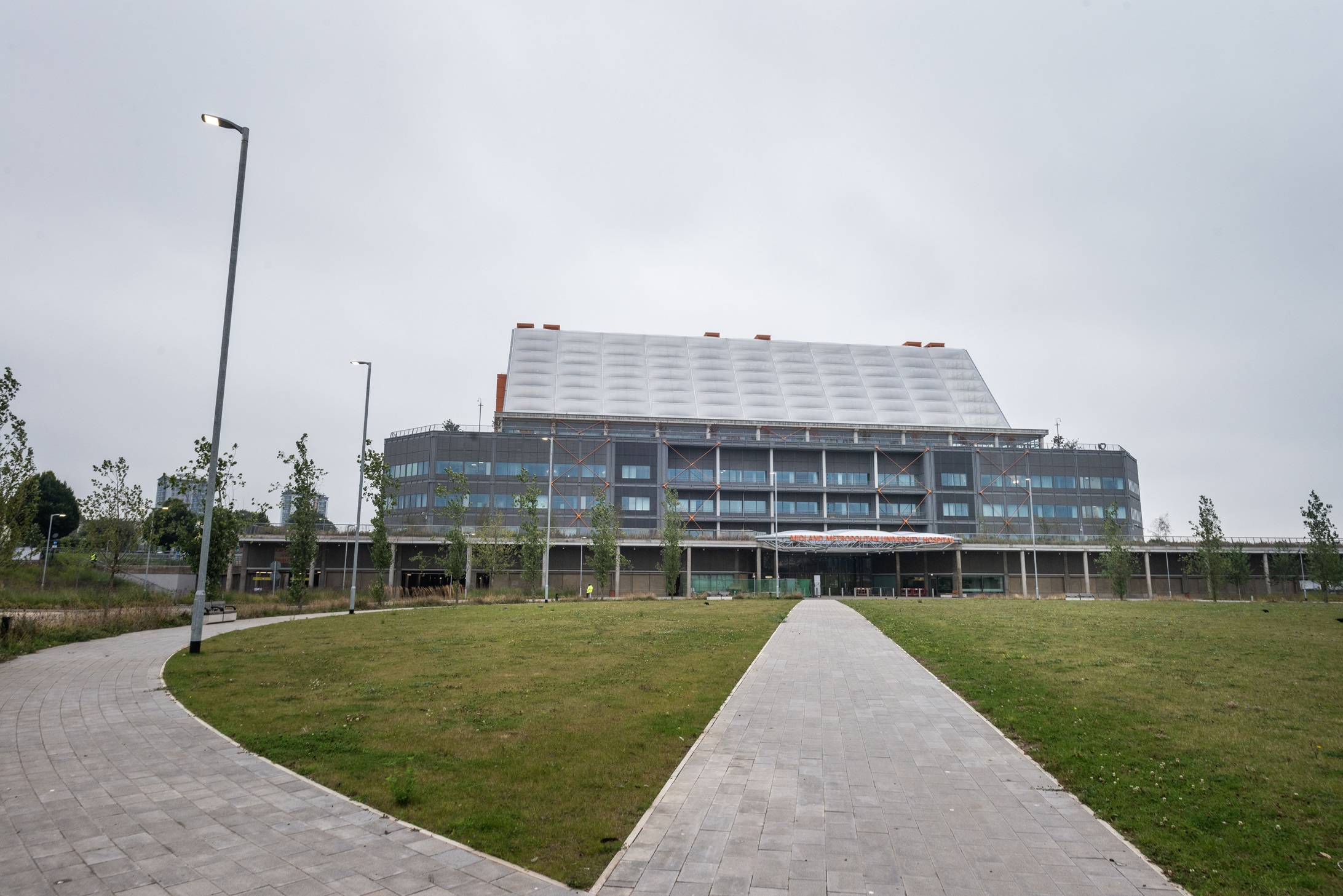
“By opening this new hospital, it will enable us to significantly reduce waiting lists for the people of West Birmingham and Sandwell as well as providing great emergency care.
“This is nearly an 800-bedded hospital, it will employ 4,500 to 5,000 people – half of the hospital is coming from the City Hospital and half is coming from Sandwell.”
Richard said the Midland Metropolitan Hospital had the potential to “make an extraordinary difference.”
“The very act of building that hospital there and having a target of a high percentage of sub-contractors and providers of services from within a 15-mile radius of Smethwick – that’s the local employment aspect in part at least acknowledged if not fully dealt with.
“Then there is the Learning Campus which will open next summer and will give vocational training opportunities and educational opportunities to 1,200 people a year – it will be the first university accommodation opening in the borough of Sandwell ever.
“Our intentions are more than just dreams regarding connecting the city centre and the Midland Met site because it remains the closest hospital to the city centre of Birmingham that can take adults.”
In addition to a wide range of new facilities including a purpose-built A&E department, operating theatres for emergency, major planned surgery and maternity, the hospital will also boast retail units including a Greggs, Marks and Spencer as well as an Amazon Market Express, while the Winter Garden will host a restaurant and complement coffee shops across the site.
Meanwhile, new technologies available on site will enable the complex to become the “most technologically advanced district general hospital in the country,” in due course, added Richard.
“We will have automated guided vehicles – nine in total – and it will be them rather than human beings that will be carrying goods and services up to the wards and the departments.”
Sir David added: “Most non-patient movement is by robot. One of the things you will see is robots taking laundry and catering facilities and waste all around. It is phenomenal to see.”
By opening this new hospital, it will enable us to significantly reduce waiting lists for the people of West Birmingham and Sandwell as well as providing great emergency care.
Meanwhile, visitors could travel to the Smethwick site by canal if Sir David’s ambitions are realised.
“I am determined to make it happen – the canal connects the MMUH with Brindleyplace and I have always had this idea that people will go on a waterbus from Brindleyplace and visit the hospital, which would be remarkable.”
Richard echoed Sir David’s hopes that the MMUH would help transform deprived areas close to the new site. “The Midland Met can be a catalyst for improving the surrounding area, both in terms of green spaces but also transport connections, trying to reduce reliance on personalised, motorised transport.
“Parts of the area are massively deprived – the immediate area to the hospital is a bit of a post-industrial dystopian hell really in terms of buildings that are falling down and not being re-utilised.”
He also looked forward to the “one-off opportunity” provided by the eight-figure sum generated by the sale of the Dudley Road land.
“We are going to have to spend it wisely. I want to spend some of that money on expanding and improving the operating theatres, the day care surgery facilities, the outpatient facilities that will be retained on the City Hospital site and retained on the Sandwell Hospital site so that we can get waiting times down.”
An official opening will be held in the New Year.
“We are trying to get a very important person to officially open it,” said Richard.
This article first appeared in the October 2024 edition of Chamberlink magazine.
Read the digital edition of the magazine.


